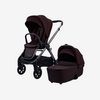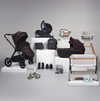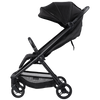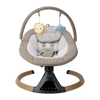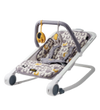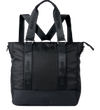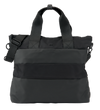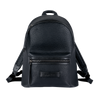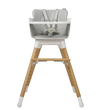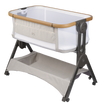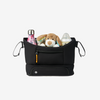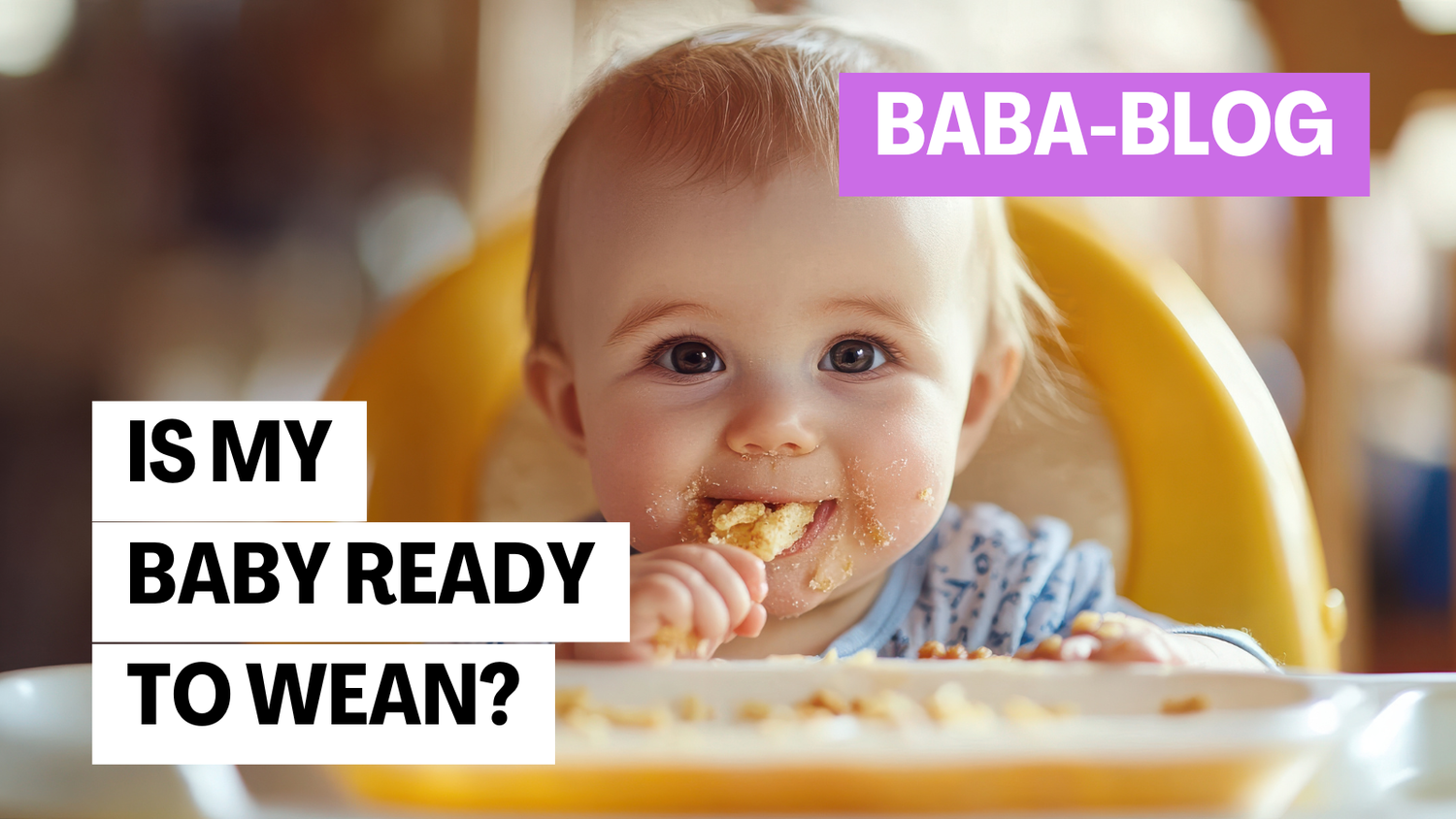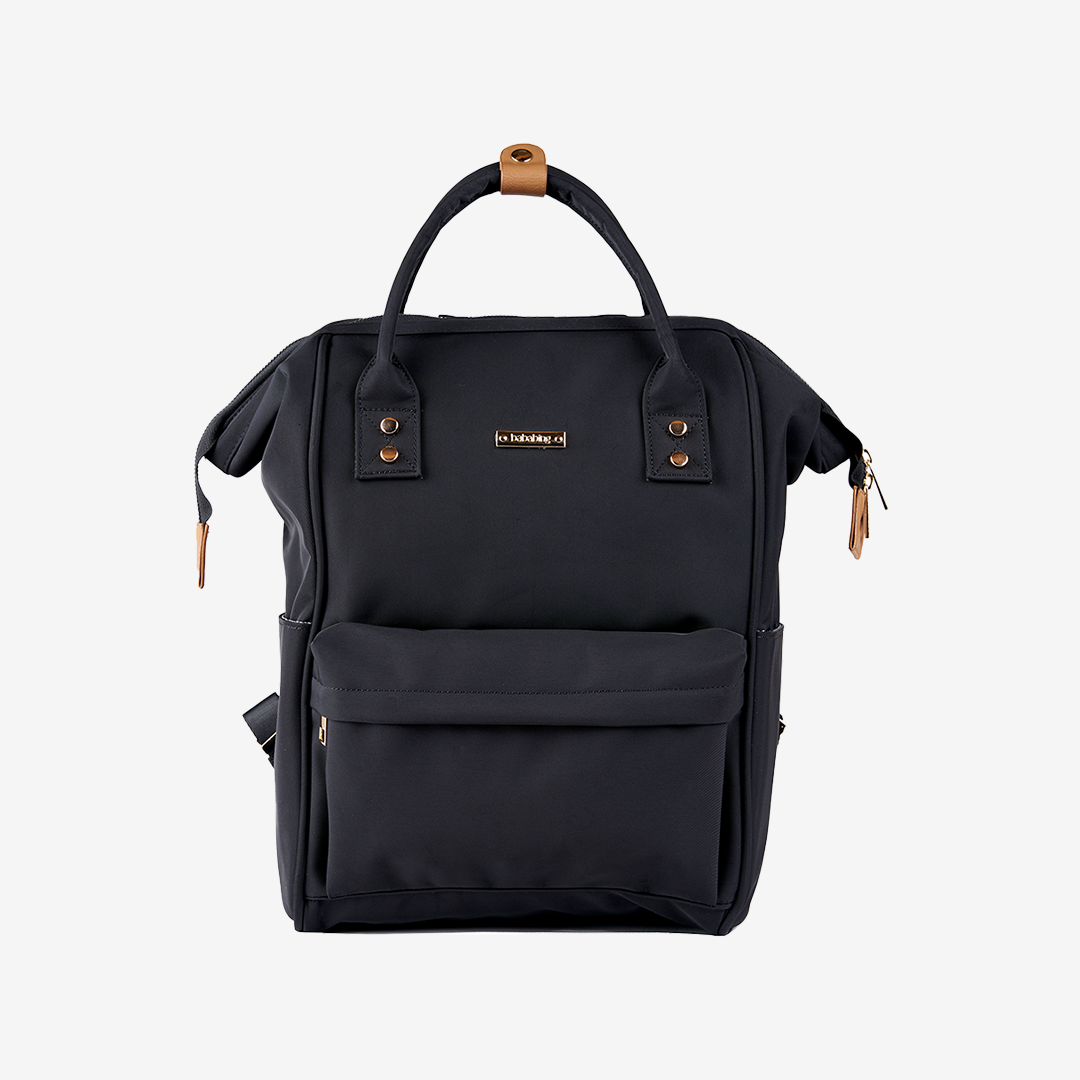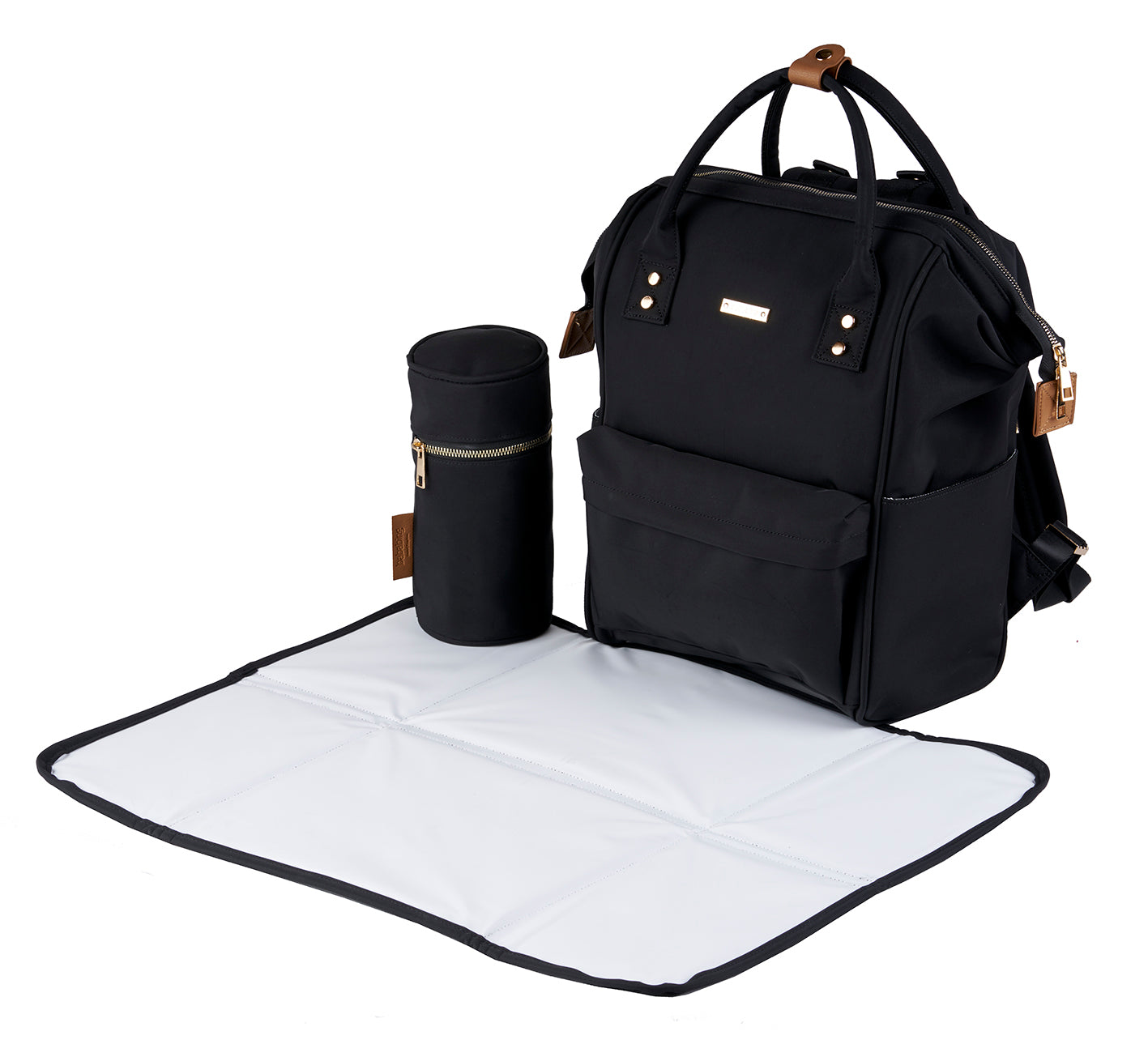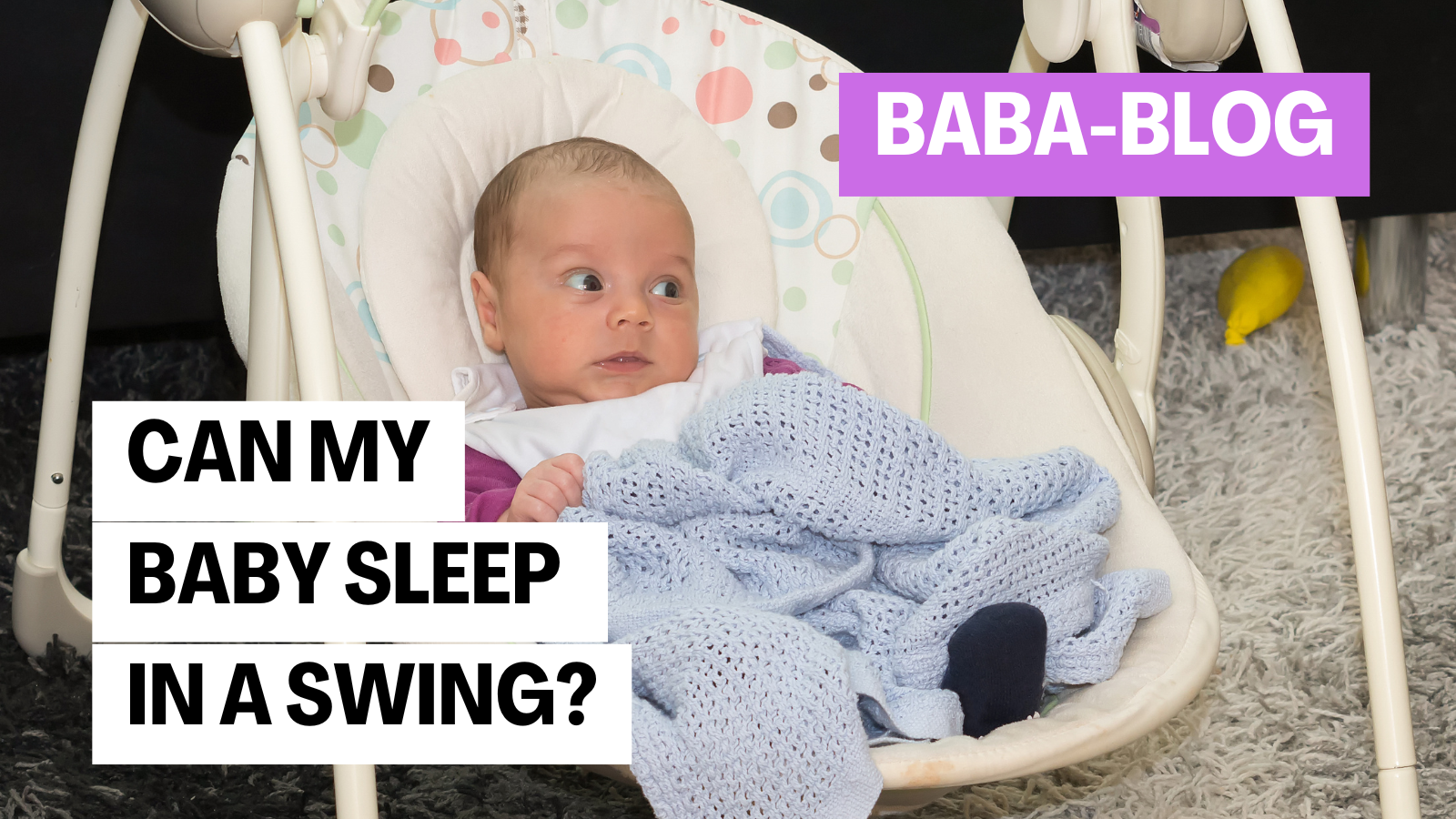Picture this: you’re halfway through your morning toast, and suddenly you notice a pair of tiny eyes locked on every bite. Your baby leans forward, mouth wide open like a baby bird, as if to say, “I’ll have what you’re having, thanks.” It’s a moment that makes many parents wonder—is it time for baby weaning?
The truth is, there’s no magic date on the calendar when the weaning fairy arrives. Official advice points to around six months, but every baby has their own rhythm. Some dive into mashed carrots with gusto, others take their sweet time and prefer sticking with milk a little longer. And that’s perfectly fine.
This post is here to guide you through the tell-tale signs, share 7 top tips, and most importantly remind you: you’ll know when your baby is ready to begin this deliciously messy new adventure.
When Do Babies Usually Start Weaning?
If you’ve ever Googled “baby weaning” at 3am (because, let’s face it, that’s when all the big parenting questions pop up), you’ve probably seen the magic number: six months. That’s the NHS and World Health Organization guideline, and it’s based on lots of research into digestion, nutrition, and baby development.
But here’s the twist: your baby didn’t get the memo. Some little ones show signs of readiness a little earlier, some a bit later. The six-month mark isn’t a stopwatch alarm—it’s more of a helpful lighthouse on the horizon. What really matters is developmental readiness: things like sitting up, good head control, and an interest in food.
So rather than staring at the calendar, keep an eye on your baby’s cues. They’ll let you know when they’re ready to move beyond milk and into the messy world of solids. And once they do, you’ll feel it too.
How to Tell if Your Baby is Ready to Wean
Babies don’t come with a flashing “Ready for Food!” sign (imagine how useful that would be). Instead, you’ll notice a collection of little signals that together say: I’m up for baby weaning. Look out for these:
Sitting steady – your baby can sit upright with good head and neck control.
Hand-to-mouth skills – they can grab toys or spoons and steer them straight to their mouth.
Curious eyes – they watch you eat like it’s the best show on TV, maybe even reaching for your plate.
Tongue-thrust reflex fading – that automatic push-food-out-with-the-tongue move is disappearing.
Showing hunger even after milk feeds – as if saying, “Nice try, but I could go for seconds.”
Ticking all these boxes usually means your little one is ready to give solids a go. Miss a few? No rush. Babies develop at their own pace, and there’s no prize for starting early.

7 Top Tips for Confident Weaning
Baby weaning is a mix of fun, food, and—let’s be honest—a fair amount of chaos. To make the journey smoother (and more enjoyable for both of you), here are seven tried-and-true tips:
Start with simple, single flavours
Think pureed carrot, sweet potato, or baby rice. It keeps things gentle on tiny tummies and helps you spot any reactions.Follow your baby’s lead
If they’re turning their head, clamping their mouth shut, or pushing food away, don’t worry. Respect their signals—interest will grow in time.Choose the right moment
Try weaning when your baby is calm, alert, and not too hungry or tired. A cranky baby won’t be up for carrot experiments.Embrace the mess
Messy faces, sticky hands, and food-splattered walls are all part of the adventure. It’s how babies learn about textures and feeding themselves.Keep milk as the main meal (for now)
In the early stages, breast milk or formula still does the heavy lifting. Solids are about exploring taste and texture, not replacing nutrition right away.Introduce allergens safely
Foods like peanuts and eggs can be offered early (from six months), but always in small amounts and one at a time, following NHS guidance.Keep it fun and stress-free
Smile, chat, and enjoy the process. Babies pick up on your mood—if you’re relaxed, they’re more likely to be too.
What Not to Worry About
Even when you start baby wean, things won’t always go to plan. The good news? That’s normal. Here are the bumps in the road you don’t need to stress over.
Spitting, gagging, or refusing food
Babies often spit food out or gag when they’re learning. It looks dramatic, but it’s usually just part of mastering new textures. Gagging is different from choking—it’s their body learning how to move food safely.
Not eating “enough”
In the early days, your baby might only manage a spoonful or two, and that’s fine. Milk still provides most of their nutrition until they’re well into the weaning journey. Don’t compare portions with other babies—every child’s pace is unique.

Even the most prepared parents can stumble during baby wean. The trick is knowing the common pitfalls so you can sidestep them early.
Starting too soon
Introducing solids before your baby is developmentally ready can upset their tummy and make feeding stressful. Remember: readiness matters more than the date on the calendar.
Adding extras like salt, sugar, or honey
Babies’ kidneys can’t handle salt, sugar encourages a sweet tooth, and honey before one year carries a risk of botulism. Keep foods plain and simple.
Sticking only to smooth purées
While purées are a great starting point, babies need to explore texture for chewing and speech development. Move gradually to mashed, lumpy, and finger foods.
Confusing gagging with choking
It’s scary, but gagging is part of learning. Educate yourself on the difference—it will give you more confidence during mealtimes.
Q3: What if my baby refuses food at the start of baby wean?
A: That’s completely normal. Many babies spit, gag, or push food away in the beginning. Keep offering small tastes, stay relaxed, and try again another day. Remember, milk is still their main nutrition in the early months.
Q2: What foods should I avoid when starting baby wean?
A: Steer clear of salt, sugar, and honey (honey can cause infant botulism). Whole nuts are a choking hazard, though smooth nut butters are fine if introduced carefully. Also avoid unpasteurised dairy products and undercooked eggs or meats.
Q1: Can I start baby wean before 6 months?
A: It’s not recommended. NHS guidance suggests starting solids at around 6 months because babies’ digestive systems and motor skills are more developed by then. If you try too early, feeding can be frustrating and less safe. Always look for signs of readiness, not just the calendar.
Weaning isn’t about getting it “perfect” from day one—it’s about exploring, experimenting, and enjoying the journey together. Baby wean is a messy milestone, but it’s also the start of a whole new world of tastes and textures for your little one. Trust your instincts, follow your baby’s cues, and remember: there’s no rush. Every spoonful (and every splatter) is a step toward confident eating.

